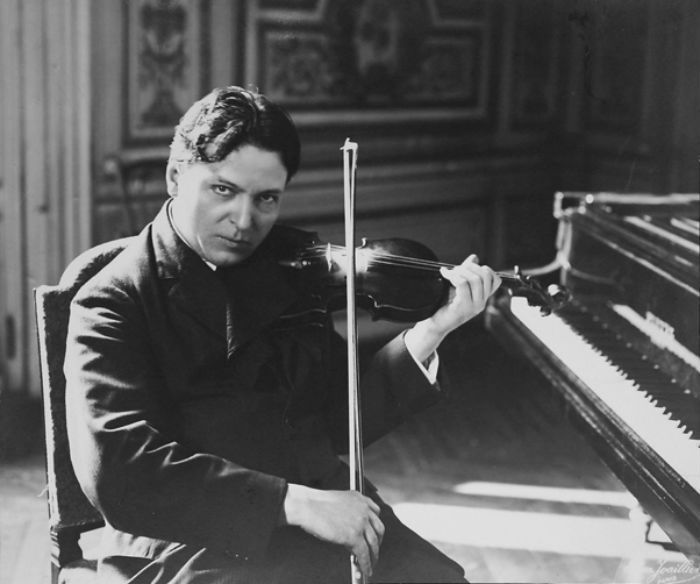I wonder if you can recall what these names from yesteryear have in common: Burl Ives, Pete Seeger, Joan Baez, John Denver, Harry Belafonte and The Kingston Trio. Well yes, it’s not a terribly difficult question but it’s the end of the week, and I don’t want to make things too challenging. They were of course all part of the American folk music revival which reached its height in the 1950s and 1960s.

The Kingston Trio’s first hit was entitled Tom Dooley, a catchy version of an old murder-ballad whose morose lyrics were enlivened by a jaunty tune. It was 1958 and the record went on to sell over three million copies. The folk music revival partly coincided with the so-called Peace Movement and brought other singers to the fore, notably Bob Dylan. Oddly enough, he came under the spotlight after one of his songs was recorded by Peter, Paul & Mary. This vocal trio specialised in tasteful and in highly sanitized versions of folk songs, though one writer remarked that the singers looked like “two rabbis and a hooker”.
The expression “folk music” didn’t appear in Europe until the mid-nineteenth century and usually referred to a country’s anonymous music of an aural tradition. Encouraged by nationalist fervour that began to emerge in Europe during the second half of the nineteenth century, some musicians began to take a serious interest in their country’s folk music heritage. In England, Cecil Sharp listened to hundreds of village folk singers and notated their songs. Zoltán Kodaly and Béla Bartók did much the same thing in Hungary as did Alan Lomax in America.
At the same time, many European composers became fascinated with national ideals and sought to develop a musical style that somehow reflected the essence of their homeland. To achieve this they inevitably turned to traditional dances and folk songs. The result was that folk music began to assume a significant influence on late romantic instrumental and orchestral music.
Enescu (yeh-NESS-koo) was a child prodigy and even his earliest compositions for violin and piano draw on Romanian themes. One of them was called Romanian Land and charmingly signed “by George Enescu, Romanian composer, aged five and a quarter”. He had a phenomenal musical memory and was the youngest student ever admitted to the Vienna Conservatory. At the age of ten, he gave a concert at the Court of Vienna in the presence of Emperor Franz Joseph. The cellist Pablo Casals described the young Enescu as “the greatest musical phenomenon since Mozart.”
Much of Enescu’s mature work was also influenced by Romanian folk music. His most popular works are the two Romanian Rhapsodies which date from 1901 and 1902. He wrote a great deal of chamber music as well as five symphonies, although two of them were never completed. These days it’s sometimes forgotten that Enescu was a renowned violin teacher. Among his distinguished pupils were Christian Ferras, Arthur Grumiaux and Yehudi Menuhin.
Romanian Rhapsody No 1 opens with a dreamy introduction featuring a solo clarinet and leads into a dance-like section with chromatic figures running behind the folk-like melody. Like the folk music of his country, Enescu contrasts fast with slow and major with minor and brings an air of spontaneity to the music, reflecting the distinctive sounds of Romanian village bands. If you’ve heard the violin showpiece Hora Staccato by another Romanian composer Grigoraș Dinicu, the middle section of this colourful rhapsody might sound oddly familiar.
Vaughan Williams was also a collector of folk songs and the modal qualities of many English folk songs had a lasting influence of his work. The English Folk Song Suite dates from 1923 and it’s the composer’s most well known work for band. The following year Gordon Jacob arranged it for orchestra. In 2008 a revised band version with lighter instrumentation was published and this, as far as I can tell, is the version performed here.
The suite has three movements, the first one being a lively march based on the song Seventeen Come Sunday. The second movement (Intermezzo) includes the song My Bonny Boy, and begins with a haunting modal melody which gradually makes way to a more animated central passage. The third and final movement is entitled March: Folk Songs from Somerset and contains a medley of well-known West Country folk tunes notably Blow Away the Morning Dew. The curiously-named Orchestra Collective turns out to be a highly competent youth wind band which gives a stylish and accomplished performance of this ever-popular work.
To watch these YouTube videos, either use your Smartphone to read the QR codes or go to this article online, click on the “live” links and go direct to the videos. If you have a laptop, sound quality can be improved significantly by using headphones or external speakers.
 |
 |
 |





